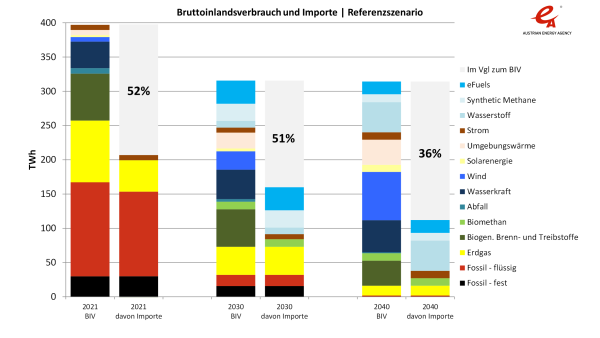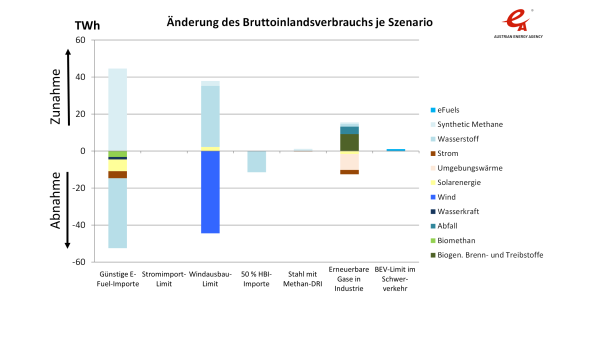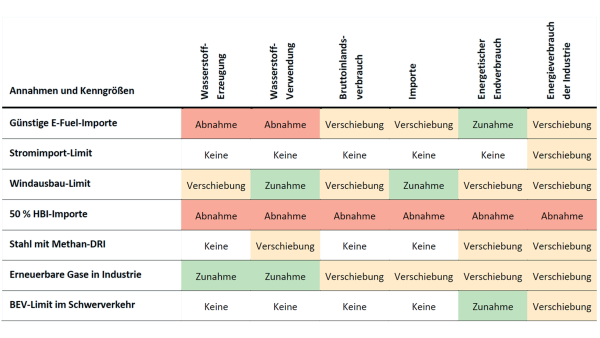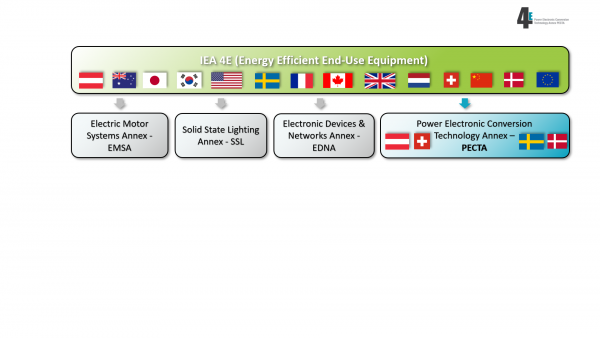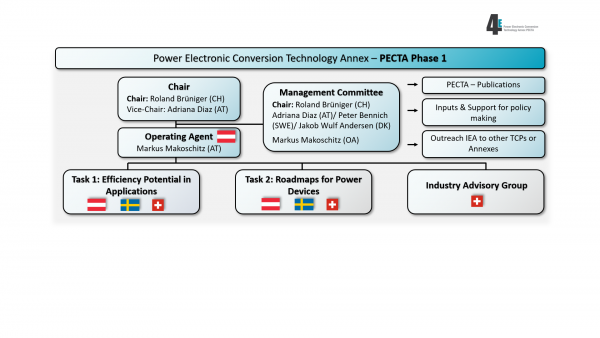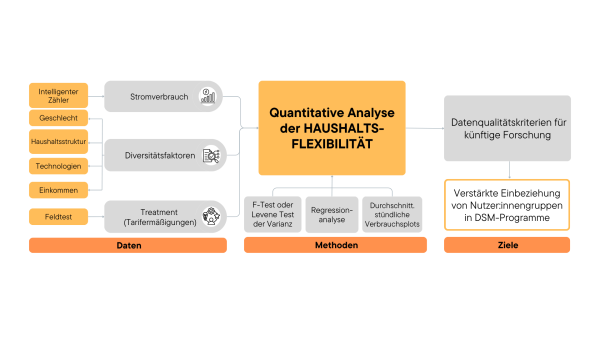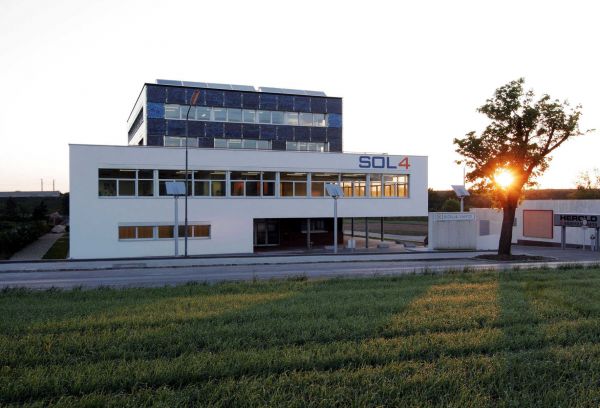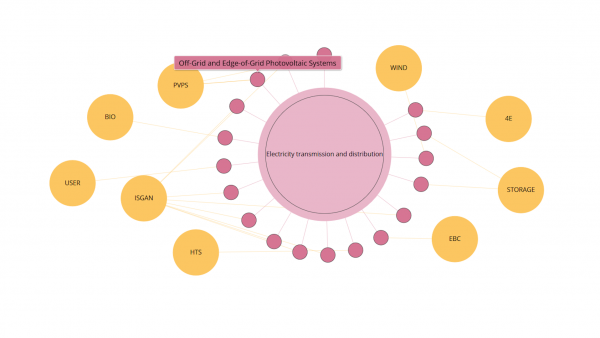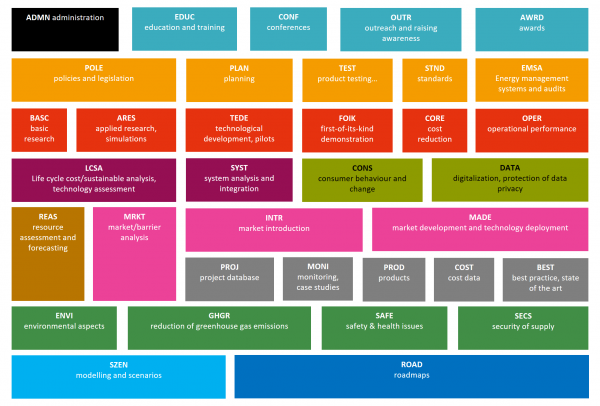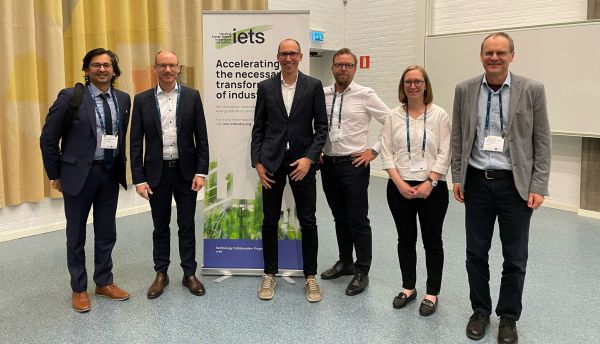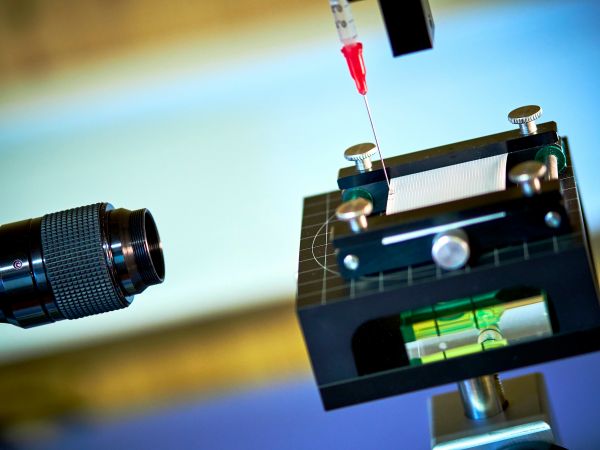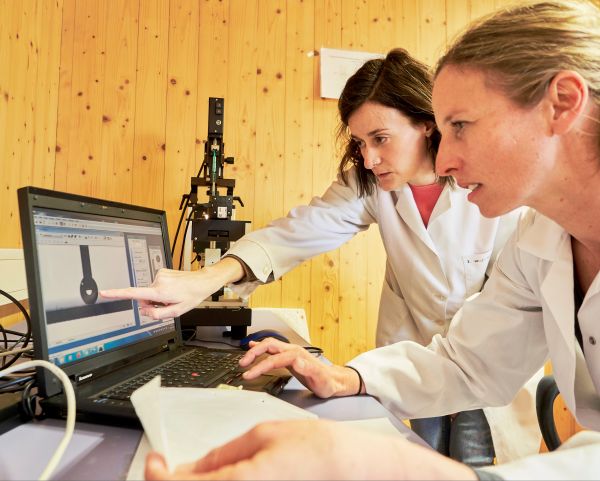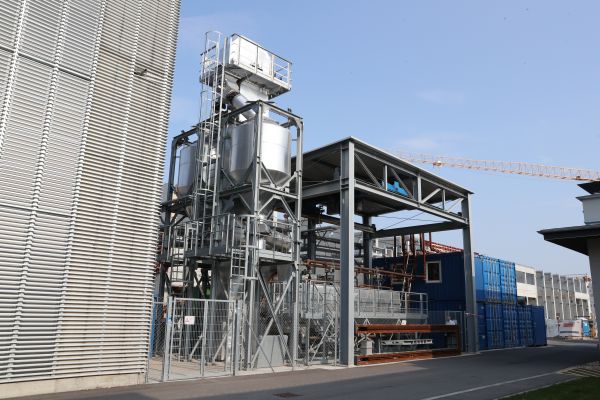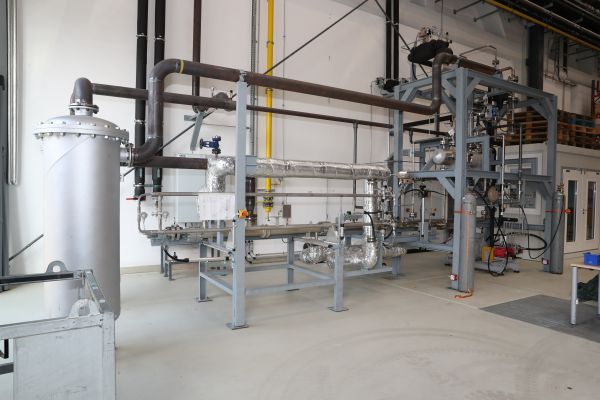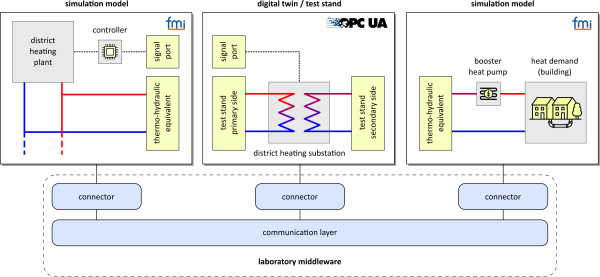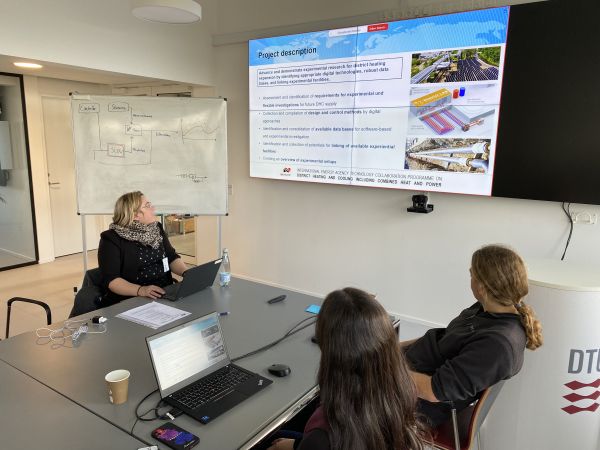Project Image Pool
There are 404 results.
Terms of use: The pictures on this site originate from the projects in the frame of the programmes City of Tomorrow, Building of Tomorrow and the IEA Research Cooperation. They may be used credited for non-commercial purposes under the Creative Commons License Attribution-NonCommercial (CC BY-NC).
Gross domestic consumption in the reference scenario
The figure shows the gross domestic consumption of the individual energy sources in 2021, 2030 and 2040 in the Reference scenario. The quantitative description of the figure can be found in the report in section 5.4.1 in the text for Figure 9.
Copyright: Martin Baumann/Österreichische Energieagentur
Change in gross domestic consumption in 2040 in the scenario variants
The figure shows the change in gross domestic consumption of the individual energy sources in 2040 due to the variation in scenario assumptions. The quantitative description of the figure can be found in the report in Section 5.4.2 in the text for Figure 15.
Copyright: Martin Baumann/Österreichische Energieagentur
Qualitative effects of varying the scenario assumptions on selected scenario results
The figure shows the qualitative effects of varying the scenario assumptions on selected scenario results in a table. The quantitative description of the figure can be found in the report in Section 5.4.3 in Table 20.
Copyright: Martin Baumann/Österreichische Energieagentur
Integration of PECTA within the 4E technology program
Since March 2019, the 4E Technology Program consists of 4 different Annexes: EMSA (Electric Motor Systems Annex), SSL (Solid State Lighting Annex), EDNA (Electronic Devices & Networks Annex) and PECTA (Power Electronic Conversion Technology Annex).
Copyright: 4E PECTA
Structure of PECTA during Phase 1
In the course of PECTA's Phase 1, two tasks were processed. Task 1: Efficiency Potential in Applications. Task 2: Roadmaps for Power Devices. The position of the Operating Agent was filled by Austria. Task 1 and Task 2 were carried out with participation from Austria, Sweden and Switzerland. The Industry Advisory Group is coordinated by Switzerland.
Copyright: 4E PECTA
Analysis of Gender and Diversity Factors in Relation to Energy Consumption Flexibility
The graphic provides an overview of the approach to the quantitative analysis of household flexibility and the conclusions derived from it. Electricity consumption, recorded via smart meters, was combined with diversity dimensions and associated aspects such as gender, household structure, income, and available technologies. Treatments implemented during field tests, such as tariff reductions for peak load reductions, were documented in the dataset. Quantitative methods, including F-tests or Levene's test for variance, regression analysis, and plots of average consumption, were used to gain insights into consumption patterns and identify diversity-specific differences. Building on these findings, data quality criteria for future research were formulated, and a stronger inclusion of diverse user groups in demand-side management (DSM) programs was recommended.
Copyright: SLA2.0
Diversity-specific flexibility framework for demand-side management
The framework illustrates the connections between the diversity dimensions of gender, age, and income, as well as the subcategories of parenthood and ownership, with willingness to be flexible, acceptance of external control, and flexibility driven by technology or social factors. Women exhibit an increased socially-driven flexibility, as they are more often responsible for the relevant activities, while men tend to have greater technologically-driven flexibility and are more interested in automation and financial benefits. Younger and older individuals are generally more willing to be flexible, with younger people being more open to accepting external control, whereas older individuals are more likely to reject it. Technologically and socially-driven flexibility is significantly influenced by parenthood, which tends to limit social flexibility but can enhance technological flexibility and foster willingness. Both higher and lower incomes can promote willingness, with financial motives being a central driver for those with lower incomes. Higher incomes also positively impact the ability to be flexible (both technologically and socially). Ownership of electric vehicles (EVs) or single-family homes plays a key role, enhancing willingness, acceptance of external control (in the case of homeowners with prosumer technologies), and technologically-driven flexibility.
Copyright: SLA2.0
Austrian Activities Worldwide
Visualisation of Austrian cooperations in context of TCP tasks and annexes. Available in german language at https://nachhaltigwirtschaften.at/de/iea/visualisierungen/weltweite-kooperationen.php
Copyright: Austrian Energy Agency
Graph Datastructure
Graphbased datastructure of the open access IEA-TCP dataset.
Copyright: Austrian Energy Agency
Visualisation of TCPs
After selecting a topic (in this example "Electricity transmission and distribution" was selected), this graph shows all tasks (activities) focussing on the selected topic. The topics are structured according to the IEA energy RD&D budget/expenditure statistics. Additionally, you can see the related Technology Collaboration Programmes (TCPs). Activities which had been ongoing in Summer 2020 from all IEA-TCPs are covered in this analysis. You can re-arrange the different bubbles to better meet the needs of your analysis. If a TCP consists of more than one task (activity), it also contains one entry in the database labelled “ExCo-Activities”. Available at https://nachhaltigwirtschaften.at/en/iea/visualisations/tcps-focussing-on-a-topic.php
Copyright: Austrian Energy Agency
Methods
Set of methods to classify the type of activity of TCP Tasks and Annexes.
Copyright: Austrian Energy Agency
Speakers at the Energy.Future.Industry conference in Gothenburg
Speakers (left to right): Akshay Bansal PhD, Prof. René Hofmann (Lead of Task 18 Subtask 2), Dr. Felix Birkelbach, Fridolin Holm MSc, Dr. Elin Svensson, Dr. Donald Olsen.
Copyright: IEA IETS
Illustration of the "Roadmap on Digitalization" that was developed in the Annex.
The roadmap shows the keywords with regard to future application areas of digital twins, which were identified during workshops in the Annex.
Copyright: TU Wien
Contact angle measurement on membrane
A defined drop of a liquid is deposited on the membrane to be analyzed. The contact angle between the membrane and the liquid is then measured.
Copyright: ACR/schewig-fotodesign
Membrane tests for the analysis of surface properties
By means of contact angle measurements, the membrane can be analyzed before and after its application and conclusions can be drawn about its functionality and usability.
Copyright: ACR/schewig-fotodesign
sandTES
active fluidized bed storage "sandTES" of the Institute for Energy Systems and Thermodynamics (TU Wien)
Copyright: Institut für Thermodynamik und Energietechnik, TU Wien
supercritical CO2 cycle
supercritical CO2 cycle for electrification of waste heat at the Institute for Energy Systems and Thermodynamics (TU Wien)
Copyright: Institut für Thermodynamik und Energietechnik, TU Wien
IEA DHC Annex TS8: Example laboratory middleware
Example of using a laboratory middleware for connecting a laboratory test stand with real-time simulation models. The same approach can be used to connect geographically distributed laboratory setups.
Copyright: AIT Austrian Institute of Technology GmbH
IEA DHC Annex TS8: 2. Working Phase Meeting (Picture 1/2)
The international cooperation in IEA DHC Annex TS8 also includes working meetings. The 2nd working meeting took place on 26/27 November 2024 at the DTU Risø Campus.

